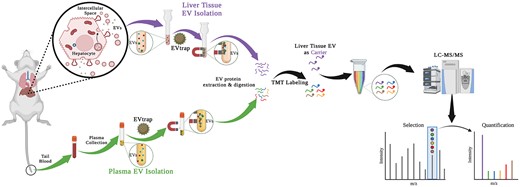2024-03-05 ニューヨーク大学 (NYU)

Worms collected in the Chornobyl Exclusion Zone, as seen under a microscope. Photo credit: Sophia Tintori
◆ニューヨーク大学の研究チームが率いる新しい研究は、チェルノブイリの慢性放射線被曝が現在の微生物ワームのゲノムに損傷を与えていないことを示唆している。これは、その地域が安全であるということではなく、これらのワームが非常に強靭であることを示唆している。
<関連情報>
- https://www.nyu.edu/about/news-publications/news/2024/march/worms-chornobyl-pnas.html
- https://www.pnas.org/doi/abs/10.1073/pnas.2314793121
チョルノブイリでの環境放射線被曝は、現地のミミズのゲノムや化学変異原耐性の表現型に系統的な影響を与えなかった Environmental radiation exposure at Chornobyl has not systematically affected the genomes or chemical mutagen tolerance phenotypes of local worms
Sophia C. Tintori, Derin Çağlar, Patrick Ortiz, +2, and Matthew V. Rockman
Proceedings of the National Academy of Sciences Published:March 5, 2024
DOI:https://doi.org/10.1073/pnas.2314793121
Significance
Environmental contamination from nuclear accidents poses immediate health risks, but it is less clear what the long-term heritable effects on local populations are, either in terms of systematic genome changes or specific adaptations. Here, we collected nematodes from high- and low-radioactivity areas of the Chornobyl Exclusion Zone and sequenced their genomes, showing that there are no detectable changes to the high-radiation animals’ genomes broadly. We also developed an assay to measure sensitivity to chronic chemical mutagen exposure in the lab, showing that there is heritable variation in wild isolates’ tolerance to various forms of DNA damage, but it is not associated with radiation exposure in the field.
Abstract
The 1986 disaster at the Chornobyl Nuclear Power Plant transformed the surrounding region into the most radioactive landscape known on the planet. Whether or not this sudden environmental shift selected for species, or even individuals within a species, that are naturally more resistant to mutagen exposure remains an open question. In this study, we collected, cultured, and cryopreserved 298 wild nematode isolates from areas varying in radioactivity within the Chornobyl Exclusion Zone. We sequenced and assembled genomes de novo for 20 Oscheius tipulae strains, analyzed their genomes for evidence of recent mutation acquisition in the field, and observed no evidence of an association between mutation and radioactivity at the sites of collection. Multigenerational exposure of each of these strains to several chemical mutagens in the lab revealed that strains vary heritably in tolerance to each mutagen, but mutagen tolerance cannot be predicted based on the radiation levels at collection sites, and Chornobyl isolates were not systematically more resistant than strains from undisturbed habitats. In sum, the absence of mutational signatures does not reflect unique capacity for tolerating DNA damage.


